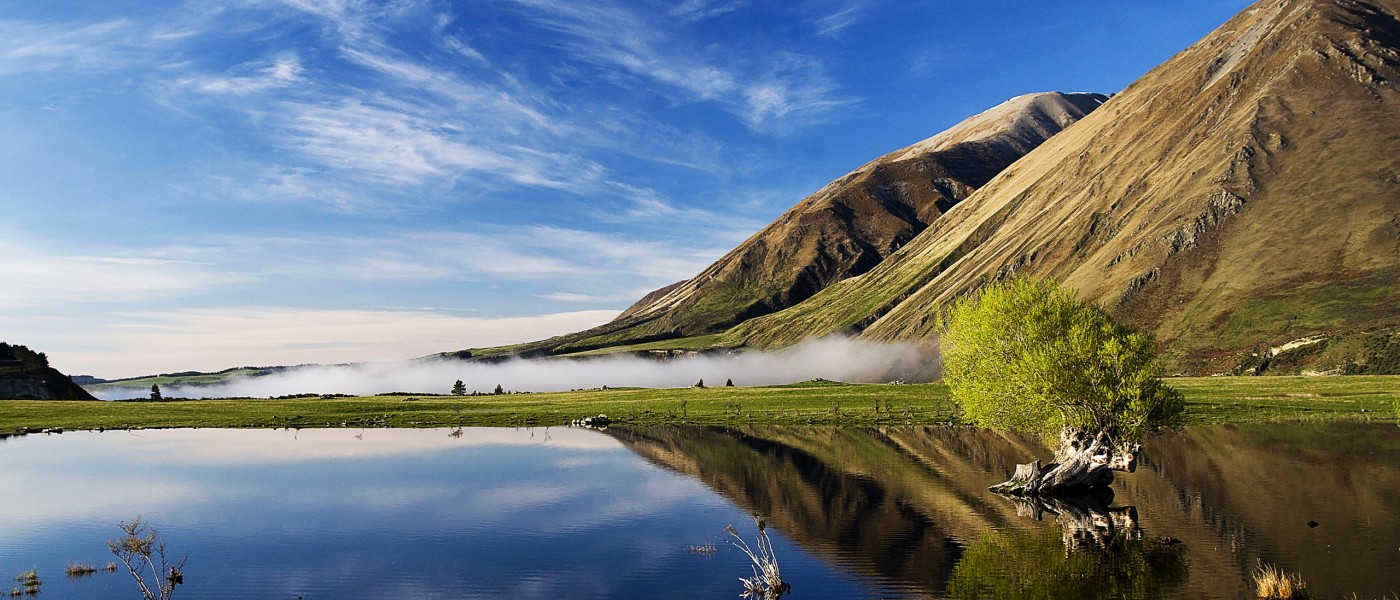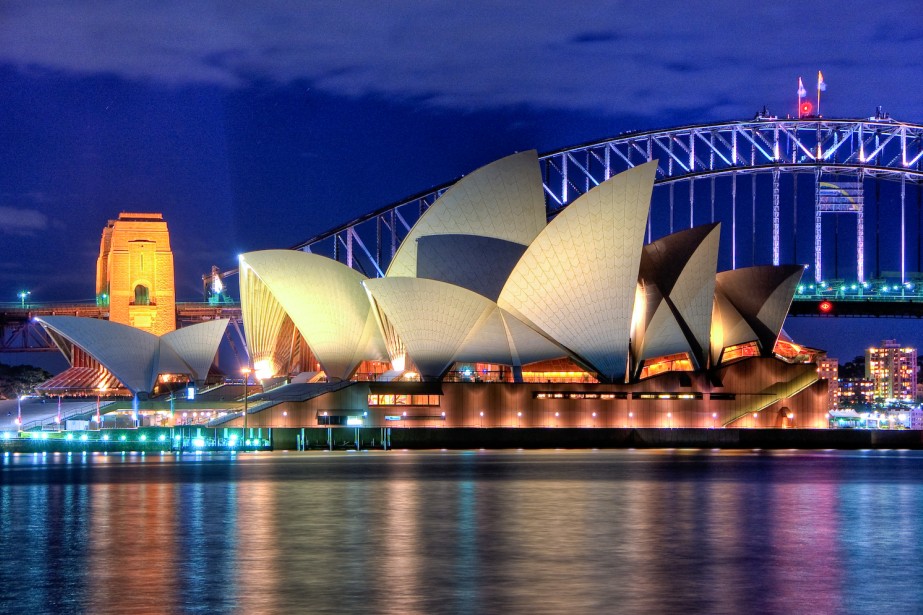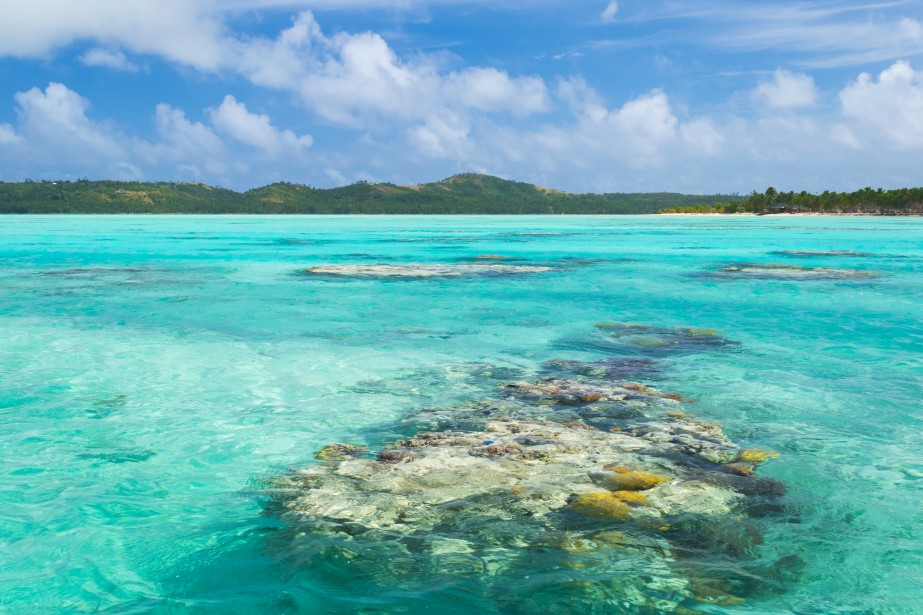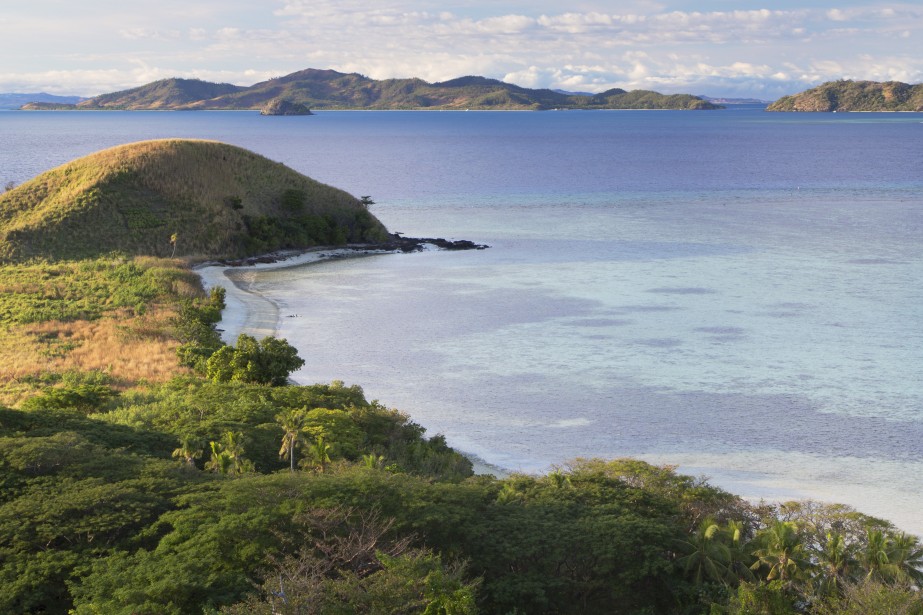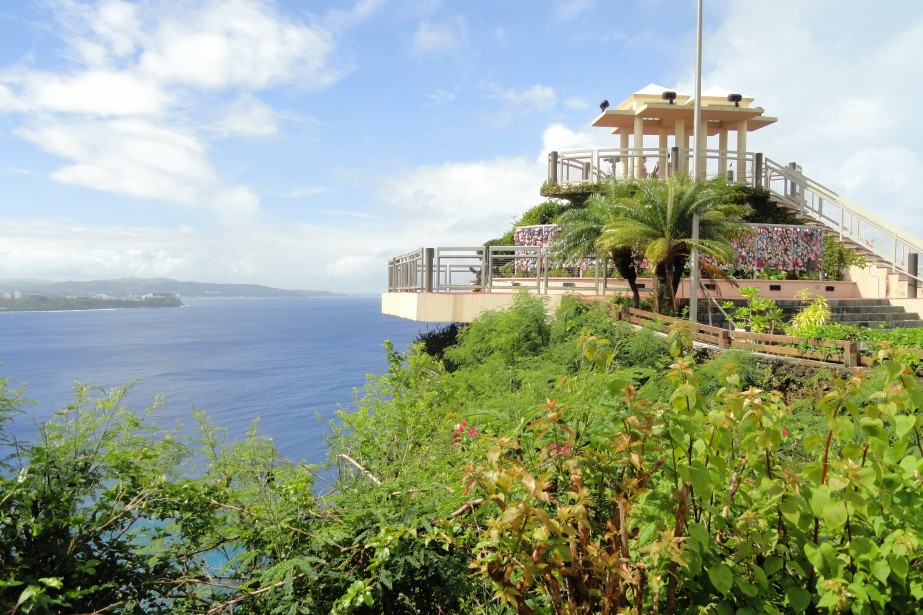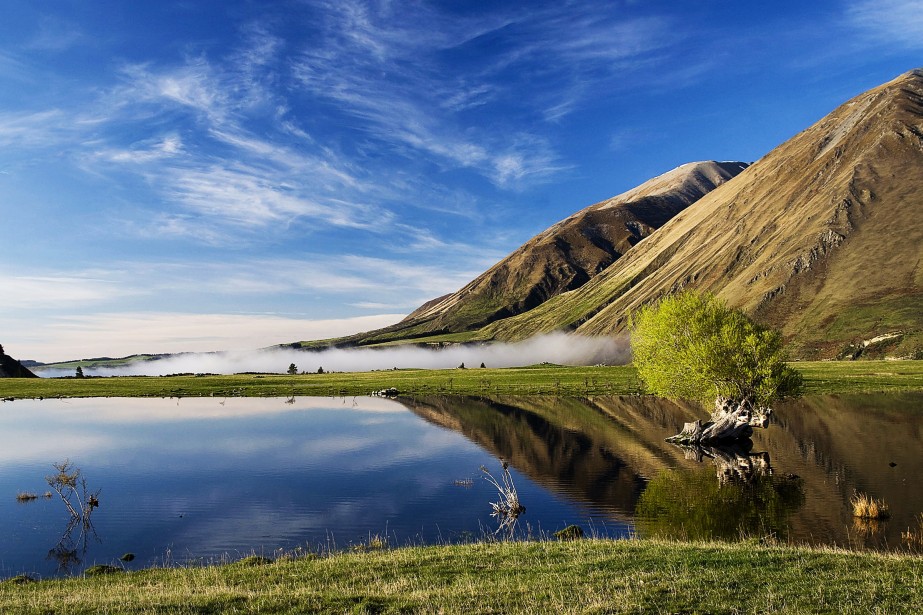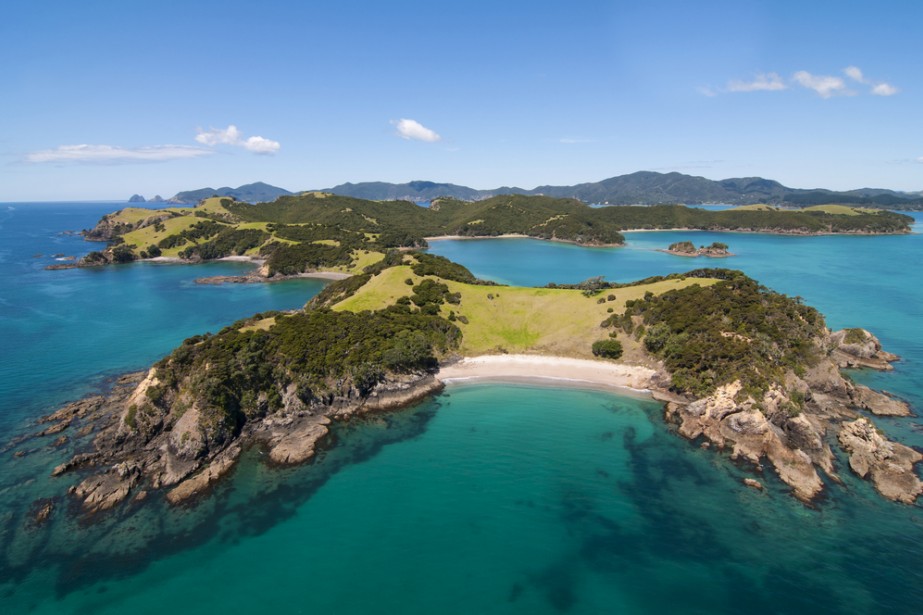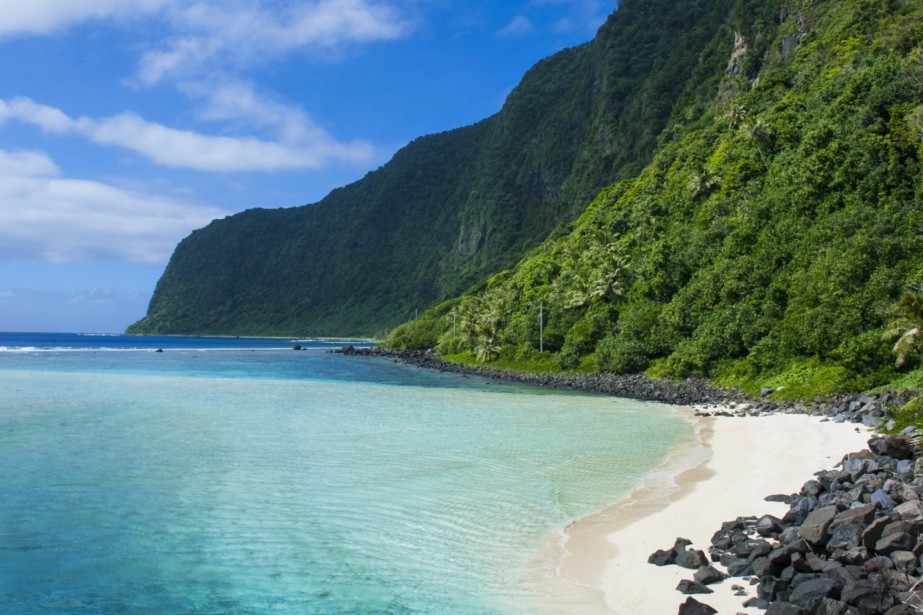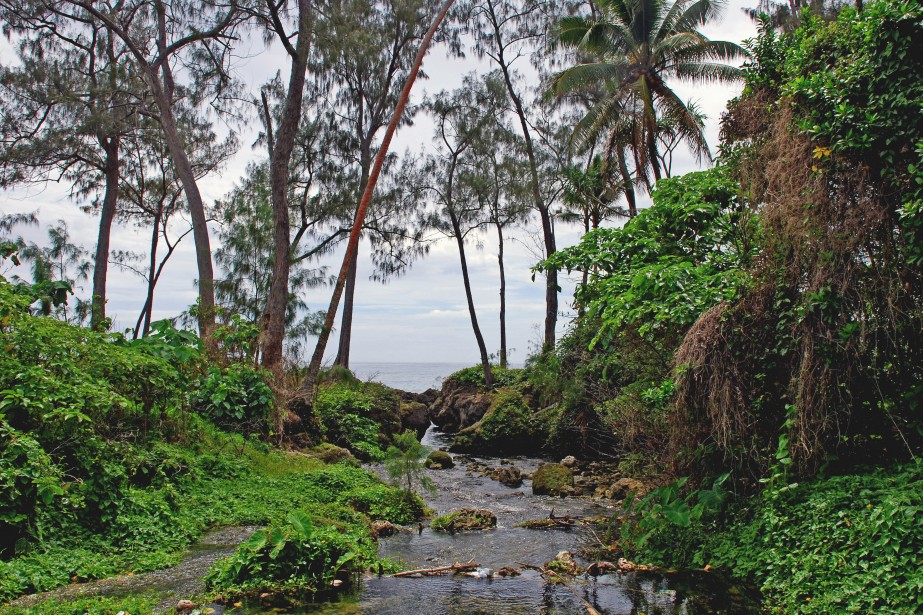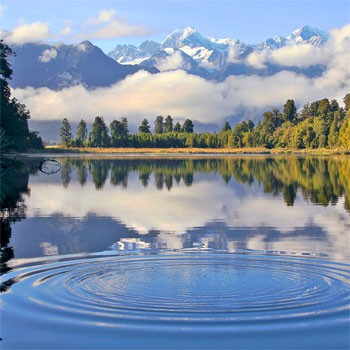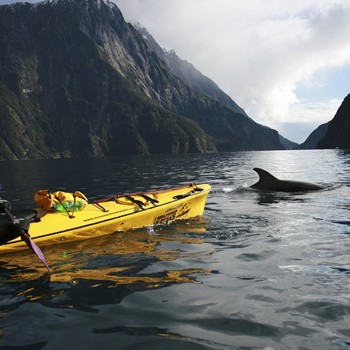Submitted by Pip Strickland on December 12, 2015
Overview
Despite its small size and location at the bottom of the world, New Zealand manages to pack in a huge diversity of wildly dramatic landscapes and a unique Maori history that is strongly celebrated today. Its snow capped peaks plunge down to spectacular stretches of coastline and pristine beaches, while geothermal activity below the land’s surface creates impressive results on top.
The country has made a name for itself as an adrenalin-enthusiast’s paradise, with everything from skydiving to skiing and bungee jumping to jet boating on offer within its “Lord of the Rings” setting, while tranquil cruises through its steep-sided fjord lands are equally exhilarating.
Seafood plucked from the surrounding waters combines with exquisite locally produced wines to create a foodie heaven. Throughout the agricultural landscapes of its North and South Islands, artisan produce is served up alongside some of New Zealand’s most famous culinary exports.
Both compact and easy-going, New Zealand’s appeal is wide-ranging and with so many activities on offer, there are always reasons to return.
When to travel/weather
New Zealand’s southerly location results in a temperate climate, with warm to hot summers and winters that can get very cold, particularly on the South Island. But its weather is also known for being wildly unpredictable and its rugged, mountainous terrain running north to south creates some unusual abnormalities, with generally higher humidity and rain on the western side than the east.
The warm summer stretches from December through to February and is the ideal time to participate in many of New Zealand’s outdoor pursuits. Temperatures are warm enough to enjoy the beaches and coastal regions, while extended day light hours mean that you can explore its hiking and cycling trails into the early evening. This period also coincides with New Zealand’s long summer vacation, so expect crowds at most of the country’s most popular destinations and hiking permits booked out well in advance.
If you want to escape the trail crowds, then the Autumn months of March through to May are perfect for hiking, with cooler temperatures, crisp air, and the leaves changing color. Towards the end of the season temperatures start to get quite chilly and the first snowfall occurs in regions of higher altitude.
The winter season from June through to August is the height of the ski season, with many Australians and New Zealanders hitting the slopes. Other tourist destinations can be relatively quiet, and if you can handle the cold weather, you will benefit from a landscape of snow-capped mountains as your backdrop.
Temperatures slowly start to rise again in September at the start of spring, with flowers igniting the landscape and the snow starting to melt. This is a beautiful time to visit, with few other tourists to compete with.
Food and drink
Surrounded by ocean, the seafood served up in New Zealand is hard to beat. From the Marlborough green-lipped mussels to the Bluff oysters of Foveaux Strait and the whitebait fritters of the South Island’s West Coast, it is an integral part of local cuisine and festivals celebrating particular seafood seasons are widespread. Traditional fish and chips, including lightly battered hoki or snapper and hot potato fries, is another favorite local meal, best enjoyed while watching sunset after a warm summer’s day at the beach
Roast lamb is another feature of the New Zealand weekly diet, with Sundays often still reserved for this very British of traditions. The lamb produced through both islands is world-renowned and one of the country’s most important meat exports.
The cheese produced in New Zealand is also of exceptional quality and exported throughout the world, particularly vintage cheddars and blue cheese. These are best enjoyed with a Pinot Noir or Sauvignon Blanc, crafted in one of the country’s legendary viticultural regions.
For a taste of traditional Maori cuisine, don’t miss the opportunity to try a hangi, which means ‘earth oven’, and refers to the method of cooking whereby heated rocks are buried in a oven pit, and chicken, seafood or vegetables are loaded in on top. There are plenty of Maori cultural experiences that include this traditional and ancient feast.
While New Zealand is passionate about ice-cream (like many other nations), they have a particular soft spot for a variety called ‘hokey pokey’, and the opportunity to try this vanilla ice-cream with honeycomb pieces mixed in should not be missed.
Popular vacation spots
Auckland
New Zealand’s biggest city is a vibrant and cosmopolitan mix of European, Maori and Polynesian cultures, with excellent restaurants to sample both local and international cuisine and an energetic nightlife to follow. Delve into local history at the Auckland Museum, shop for Polynesian handicrafts at the Otara Market, or grab a kayak and explore Waitemata Harbour from the water.
Rotorua
With therapeutic mineral springs, bubbling hot mud pools and dramatic geysers, the geothermal landscape of Rotorua is a place to relax and rejuvenate, while taking in its unique natural wonders. From the Skyline Gondola above the town there are spectacular views to be had across Lake Rotorua, or take a World War II amphibious vehicle adventure to explore the lake shore.
Queenstown
Queenstown is New Zealand’s adventure sports capital, with everything from kayaking and white water rafting to hiking, skiing and bungee jumping. In recent years, movie fans have flocked here to take in the wild landscapes used in the filming of the “Lord of the Rings” trilogy, while trekkers will find their paradise on the world-famous Routeburn and Milford Tracks that start nearby.
Napier
When the town of Nelson was decimated by an earthquake in 1931, it was beautifully rebuilt in Art Deco style, and today its architecture draws tourists from around the world. But with a scattering of wineries and art galleries to explore in the nearby Hawke’s Bay Wine Region, together with a number of lovely beaches, there are plenty more reasons to spend a few days.
Marlborough
The Marlborough Wine Region surrounding Blenheim is world-renowned for its crisp Sauvignon Blanc, and touring its cellar doors and stunning viticultural landscapes is the perfect way to wile away a few days. Apart from exceptional wine, Marlborough offers plenty of culinary delights, with artisan cafes and restaurants springing up throughout the countryside to cater to wine aficionados and foodies.
Nelson
On the doorstep of both Nelson Lakes National Park and Abel Tasman National Park, the small town of Nelson is known for its vibrant arts and music scene. Wander its art galleries and open studios, or coincide your visit with one of the many festivals that mark the yearly calendar.
Lake Taupo
With the dramatic mountains of Tongariro National Park as its backdrop, Lake Taupo is where adrenalin-junkies come to get their latest fix. Explore the caves and hot springs of Orakei Korako thermal park, take an exhilarating jet boat ride across the lake, and then drop from the heavens on a skydiving adventure.
Dunedin
In the far south of the South Island, chilly Dunedin is the launching point for adventures through the Otago Peninsula, where sea lion and penguin colonies inhabit the coastline and flocks of albatross patrol the air.
Practical information
Language
Both English and Maori are considered official languages in New Zealand and almost everyone within the country speaks English, with plenty of unique local “slang” words. Maori is widely spoken amongst the Maori community and offered as a study language at many schools. You will also see many place names written in both Maori and English.
Money
The currency in New Zealand is the New Zealand dollar (NZD) and most major currencies can easily be converted at the airport, banks or at exchange bureaus in the bigger cities. ATMs are found in almost every town and city and will accept Visa, MasterCard, Cirrus and Maestro, while EFTPOS terminals are commonly found at supermarkets and shops, allowing you to pay with a credit or debit card using your pin. Keep in mind that American Express and Diners Club generally incur a higher surcharge.
Tipping is not customary in New Zealand, but most restaurants and cafes will have a ‘tip box’ or charity jar where you can leave your loose change.
Health and Safety
New Zealand has very few infectious diseases that affect either humans, plants or animals, and strong bio-security restrictions at its airports are designed to minimize the introduction of pests that could prove problematic for the island’s agriculture. You must declare any food stuffs on entry and be prepared to have your bag carefully screened by sniffer dogs and any food confiscated. Heavy fines are imposed if you are caught trying to smuggle food into the country.
New Zealand is generally a safe and secure country to travel around and it is only in the bigger cities that petty crime can be a problem.

